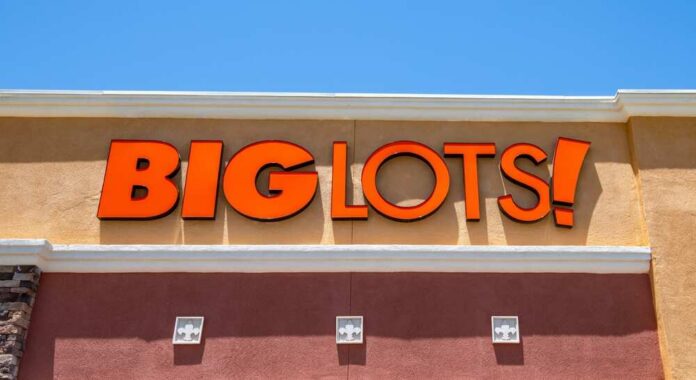
Big Lots is on the cusp of bankruptcy despite its efforts to appeal to budget-conscious customers to combat falling sales and surging inflation.
Big Lots, a discount retailer, is preparing to file for bankruptcy due to persistent financial trouble driven by rising inflation and plummeting sales. The company has seen substantial doubt about its ability to continue, as evidenced by significant losses and dwindling cash flow over recent years. As the company seeks investors and implements store closures, the broader retail market faces similar pressures, making Big Lots’ predicament a noteworthy example of the challenges imposed by economic instability.
Big Lots’ sales have been spiraling downward, with net sales for the first quarter declining by 10.2% year-over-year to $1 billion. Overall sales for 2023 saw a decrease of 13.6% compared to the previous year, bringing in $4.72 billion. As of mid-June, the company’s filing with the SEC expressed “substantial doubt about the Company’s ability to continue,” attributing this to inflation-related spending pullbacks. The stock price has dropped to approximately $0.50, down significantly from over $72 in 2021.
In an attempt to avert disaster, Big Lots is exploring bankruptcy as a potential option and is actively seeking investors to stave off Chapter 11 proceedings. Reports indicate that the company has made substantial moves, such as increasing the number of permitted store closings from 150 to 315 and entering into a sale and leaseback agreement for a distribution center and 26 owned stores last year, raising $318 million but increasing costs.
Big Lots weighing possibility of bankruptcy filing as sales dwindle https://t.co/p1OOq0FxXg
— FOX Business (@FoxBusiness) September 4, 2024
Big Lots is working under Chapter 11 protection and arranging a stalking horse bid to allow for better offers to be considered. With assistance from advisers at AlixPartners and Guggenheim Partners, the company plans to sell its chain of stores through a court-supervised process. Meanwhile, CEO Bruce Thorn outlined strategies to focus on bargains, value communication, and customer retention, but these efforts appear insufficient given the ongoing challenges.
“The company will continue to operate under Chapter 11 protection and is in the process of arranging a stalking horse bid, which allows for better offers to be considered if they arise.”
Despite these attempts, Big Lots reported substantial losses and a negative cash flow for 2022, 2023, and the first quarter of 2024. Analysts believe the company’s financial health is deteriorating, pointing out that 244 out of nearly 1,400 stores are underperforming and that the company has taken on an additional $72.2 million in debt. Neil Saunders, Managing Director of GlobalData Retail, emphasized, “It doesn’t look as if they are going to be able to stop the bleeding anytime soon.”
Big Lots’ plight is not an isolated case but rather a reflection of the broader challenges faced by many retailers in the current economic environment. The company’s fate serves as a cautionary tale about the dangers of rampant inflation, government overspending, and economic mismanagement that leave businesses and consumers alike in dire straits. While Big Lots’ survival remains uncertain, its story underscores the urgent need for sound economic policies to support businesses and stabilize the market.
“While we made substantial progress on improving our business operations in Q1, we missed our sales goals due largely to a continued pullback in consumer spending by our core customers, particularly in high-ticket discretionary items,” Thorn said. “We remain focused on managing through the current economic cycle by controlling the controllables.”
As we watch this once thriving discount retailer grapple to stay afloat, it’s crucial to understand the underlying issues threatening not just Big Lots but the entire retail industry. Common sense economic policies and a focus on sustainable business practices can potentially reverse these negative trends, but will we see such changes in time?














